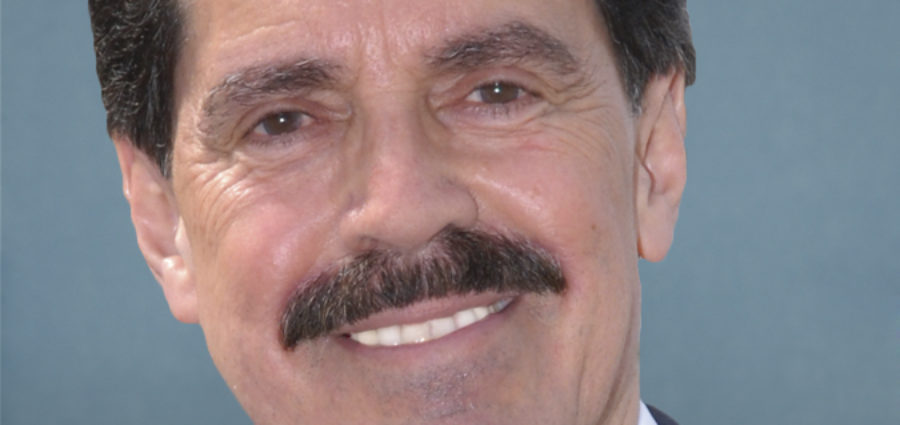Twenty-five years ago this week, activists at the First National People of Color Environmental Leadership Summit drafted and adopted the principles of environmental justice, which have guided a growing movement of communities, advocates and leaders fighting against environmental racism. Since that time, we have made great strides in recognizing and quantifying the disproportionate environmental harms and pollution dumped on communities of color.
But it is also time to acknowledge that the pace of change has been too slow, and in places like South Bronx, effective environmental justice still has quite a ways to go.
During the 1990s, South Bronx became home to over a dozen waste transfer stations that took in garbage from all over New York City. These garbage transfer stations draw high numbers of polluting diesel trucks to primarily poor and minority neighborhoods, causing poor air quality, noxious odor and public health impact, and generally depriving the surrounding communities of peace and quiet.
In 1998, my office joined forces with community members and New York Lawyers for the Public Interest to challenge the discriminatory siting of transfer stations by filing a Title VI complaint with the Office of Civil Rights at the U.S. Environmental Protection Agency. Title VI, which was enacted as part of the landmark Civil Rights Act of 1964, prohibits discrimination on the basis of race, color and national origin in programs and activities receiving federal financial assistance.
While we had hoped for a quick response, our complaint has become one in a long list of outstanding Title VI complaints that has languished at the agency. And sadly, in April of 2016, almost 18 years after we filed the complaint, the EPA issued a final response dismissing the claim.
If this seems outrageous, that’s because it is. The delay and ultimate dismissal of our complaint are part of a troubling pattern at the EPA. The U.S. Commission on Civil Rights recently issued a scathing 230-page report concluding that the agency has egregiously failed to effectively respond to Title VI complaints and that their failure exhibits extreme disregard for minority and low-income communities who disproportionately bear the harms of pollution. In fact, as the Commission on Civil Rights noted in its report, the EPA has dismissed every single civil rights complaint filed before the agency, has never made a formal finding of discrimination and has never denied or withdrawn financial assistance from a recipient in its entire history under Title VI of the Civil Rights Act. Shame on them.
The dismissal of our complaint is even more troubling because the circumstances at the heart of that complaint still exist 18 years later and continue to impact the health and quality of life of South Bronx communities. South Bronx is still home to at least 14 waste transfer stations, has an asthma fatality rate more than three times the national average, and asthma hospitalization rates more than five times higher than the national average. As recently as 2015, South Bronx still received more than 50 percent of the city’s putrescible commercial waste stream, meaning just two of New York City’s 59 community board districts absorb more than half of the garbage coming from all five boroughs.
All of this waste is brought into South Bronx by hundreds of highly polluting diesel trucks every single day. Community groups in South Bronx recently monitored neighborhood concentrations of fine particulate matter, a harmful byproduct of diesel combustion with proven links to respiratory infections, asthma and cancer, and counted the number of trucks each day over a period of time. Their efforts revealed that an average of 304 commercial trucks drive through the heart of their neighborhoods every hour, almost half of which were commercial waste trucks – or one commercial waste truck every 24 seconds. The study also recorded the highest concentration of asthma-inducing pollutants in the city – between two and seven times higher than even other areas of Bronx.
There is, however, another opportunity to address the discriminatory burden of waste in our community. This past August, Mayor Bill de Blasio announced that the city would begin a transition to a more efficient and environmentally friendly zoned commercial waste system – similar to what Los Angeles and other progressive cities have implemented. While a zoned system would reduce citywide fine particulate matter air pollution by up to 63 percent, Mayor de Blasio should prioritize reducing impacts on environmental justice communities such as South Bronx. The mayor’s plan should take waste facilities’ siting, labor and environmental compliance records, safety practices and community impacts into consideration when designing the zoning system. Doing so would create even more efficiency in haulers’ routes from collection zones to facilities, and at the same time ensure that the South Bronx does not have to continue to import Manhattan’s waste.
The Environmental Justice movement is 25 years old, but serious challenges remain – in both communities like South Bronx and state and local governments around the country. We need all levels of government to engage in the struggle for fairness, particularly federal agencies that are entrusted to protect the environment, that defend the public’s best interest in this regard and that have the power and capacity to effect change in laws and practices.
Congressman José E. Serrano has represented South Bronx in the U.S. House of Representatives for more than 25 years. Melissa Iachan is a senior staff attorney in the Environmental Justice program at New York Lawyers for the Public Interest.
(Originally published on Oct. 26, 2016)
Rep. Serrano and Melissa Iachan








